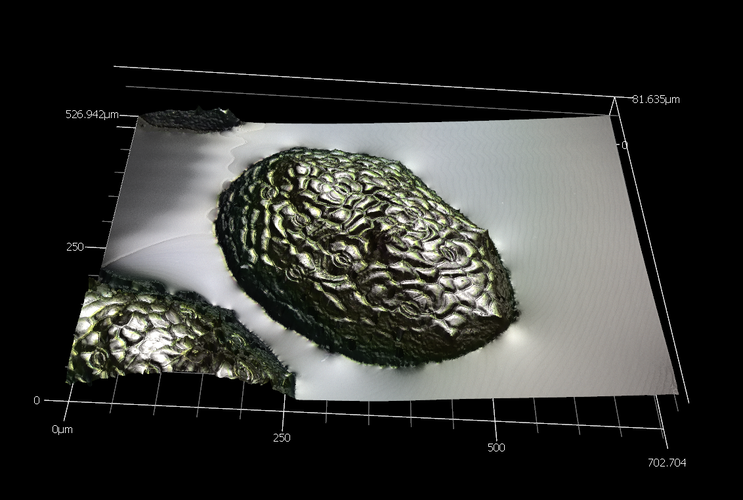
Tatpong Tulyananda, heading the Mahidol University team, explains: “We became interested in watermeal because we wanted to model how plants respond to changing gravity levels. Because watermeal doesn’t have any roots, stems or leaves, it is basically just a sphere floating on a body of water. That means we can focus directly on the effects that gravity shifts will have on its growth and development.
“In addition, it produces a lot of oxygen through photosynthesis. And watermeal is also a good protein source, which has been consumed in our country for a long time – used with fried egg to soup, or eaten as part of a salad. You consume 100% of the plant when you eat it, so it holds promise in terms of space-based agriculture.”



